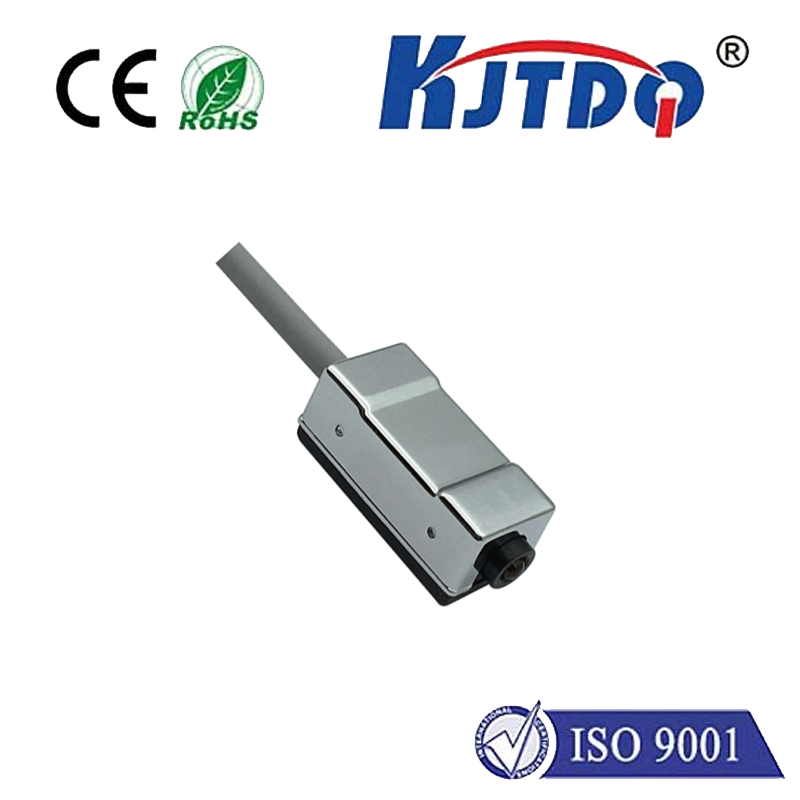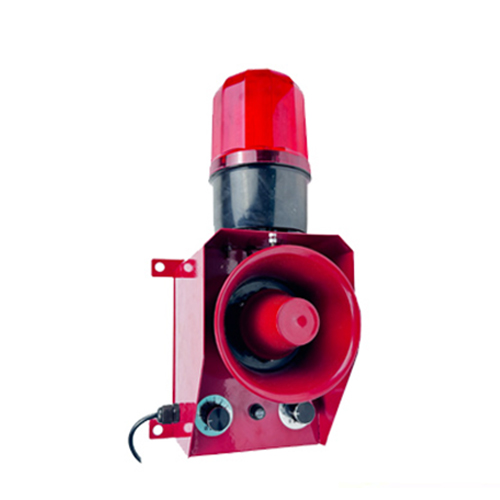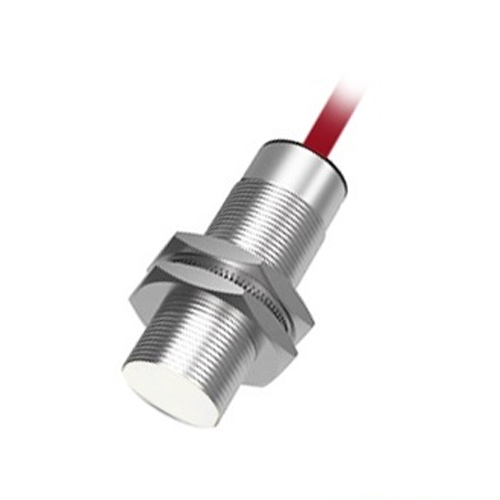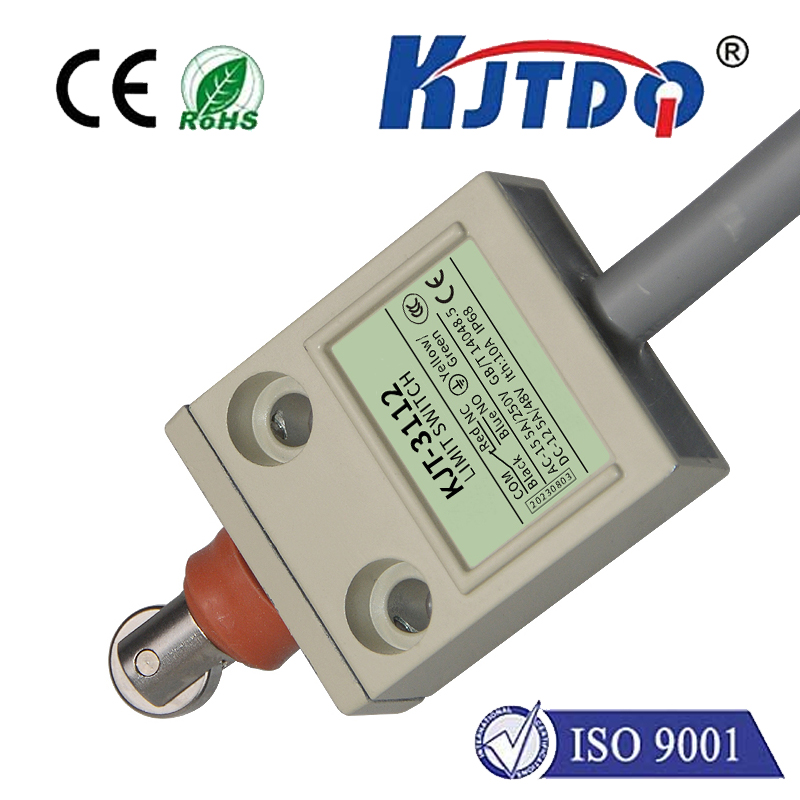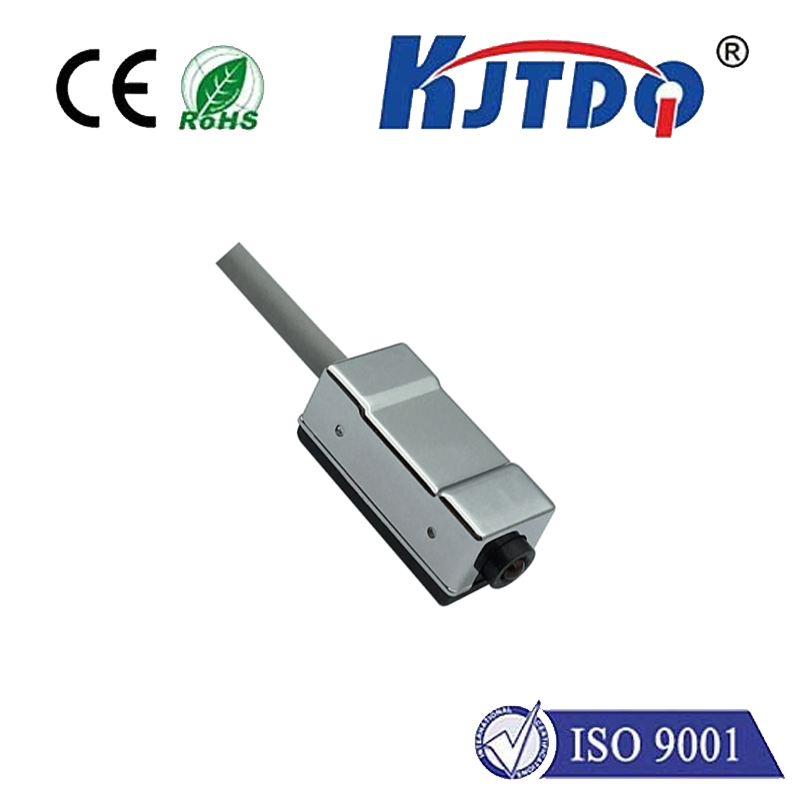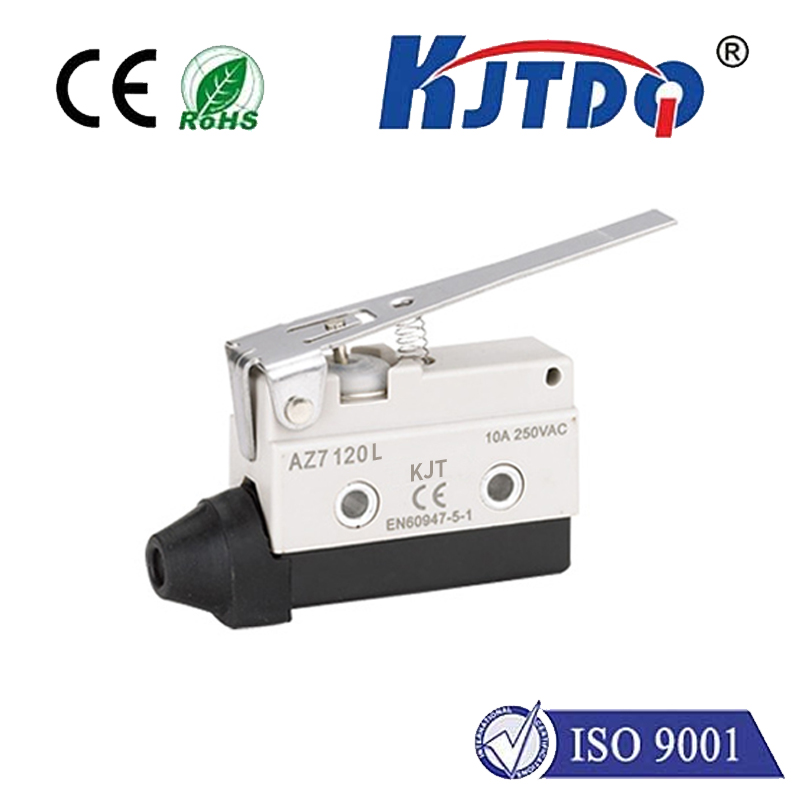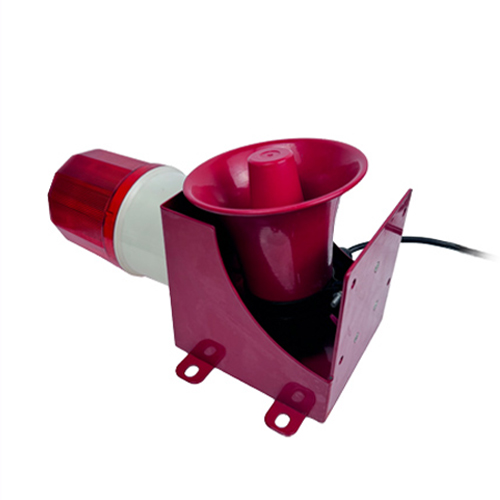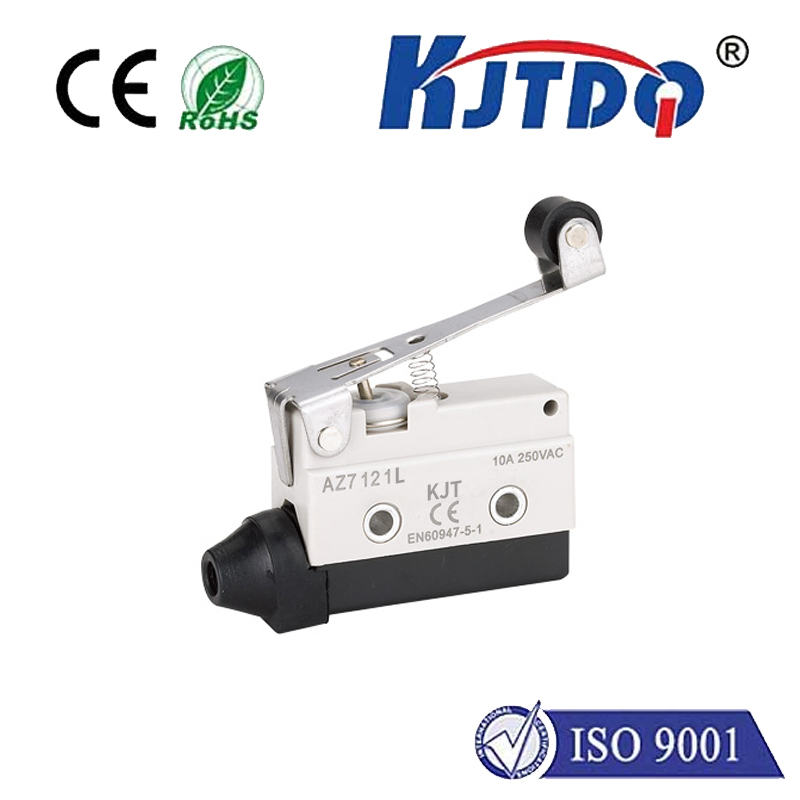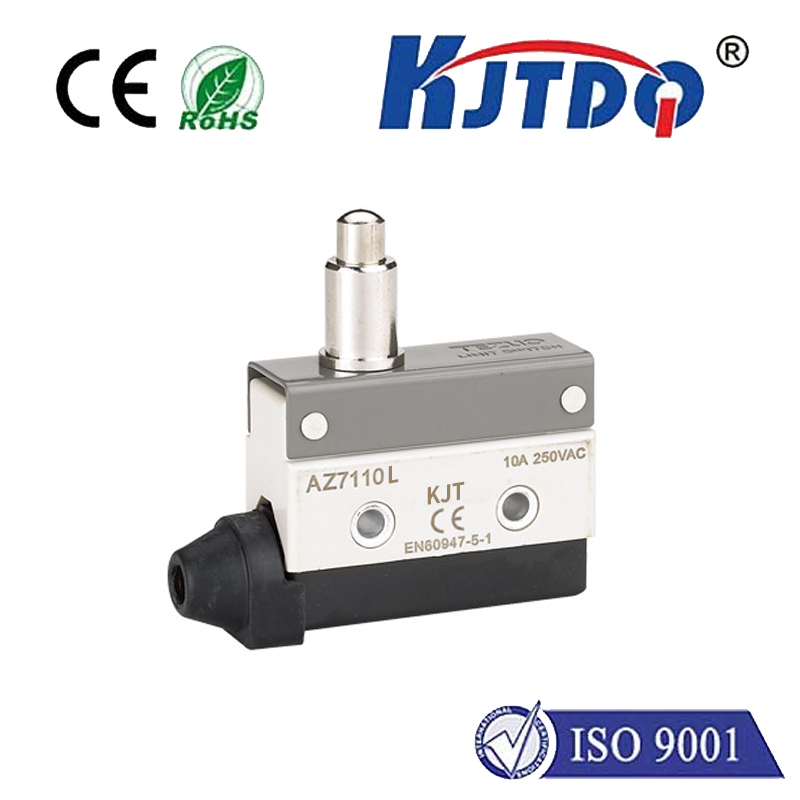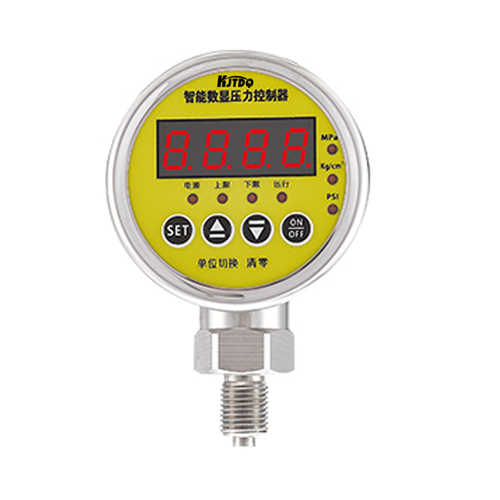

check

check

check

check

check

check

check

check

check

check
Title: Exploring the World of Diffuse Reflective Optical Sensors
In today's rapidly advancing technological landscape, sensors have become integral components in a variety of applications. Among these, the Diffuse Reflective Optical Sensor (DROS) stands out for its unique capabilities and wide-ranging utility. In this article, we will delve into what constitutes a DROS, how it functions, and explore its diverse applications across industries.
What is a Diffuse Reflective Optical Sensor?
A DROS is an advanced electronic device designed to measure the amount of light reflected from a surface. Unlike traditional reflective sensors that only detect light at specific angles, a DROS can gather data from light scattered in multiple directions. This characteristic makes it particularly useful for applications where surface texture or color might affect readings.
The Mechanism of DROS
The operation of a DROS hinges on the interaction between its light emitter and detector. When light is projected onto a material, it either gets absorbed or reflected back. A DROS measures this reflected light, which varies depending on the properties of the material. By analyzing patterns in the diffusion of light, the sensor can provide information about object characteristics, such as color, texture, and even composition.

Applications of Diffuse Reflective Optical Sensors
Due to their ability to interpret complex light interactions, DROS technology finds use in various sectors:
1. Quality Control: In manufacturing, DRO sensors ensure product consistency by checking colors and textures against standards.
2. Printing and Packaging: The sensors verify printing quality, ensuring that colors are reproduced accurately and consistently.
3. Healthcare and Life Sciences: In clinical settings, DROS can analyze biological samples, contributing to faster diagnostics.
4. Agriculture: By monitoring plant health through reflection analysis, farmers can optimize crop yield and prevent diseases.
5. Retail: In stores, they help maintain shelf standards by ensuring products are correctly labeled and packaged.
Emerging Trends
As technology continues to evolve, so does the potential of DROS. Advancements in machine learning and AI allow these sensors to process more sophisticated data, enhancing their accuracy and expanding their application possibilities. Furthermore, miniaturization efforts are making DROS more portable and accessible for use in remote or hard-to-reach areas.
Looking to the Future
The trajectory of DROS development points towards greater integration with Internet of Things (IoT) devices, allowing for real-time monitoring and control of environments and systems. Additionally, energy efficiency improvements will make these sensors more sustainable and attractive for implementation in green technologies.
Conclusion
The Diffuse Reflective Optical Sensor has proven to be a versatile tool in modern industry and research. Its ability to accurately measure and analyze reflected light opens up myriad opportunities for innovation and improvement across sectors. As we look forward to future advancements, one thing is clear: the DROS is poised to play a significant role in shaping our technological landscape for years to come.
